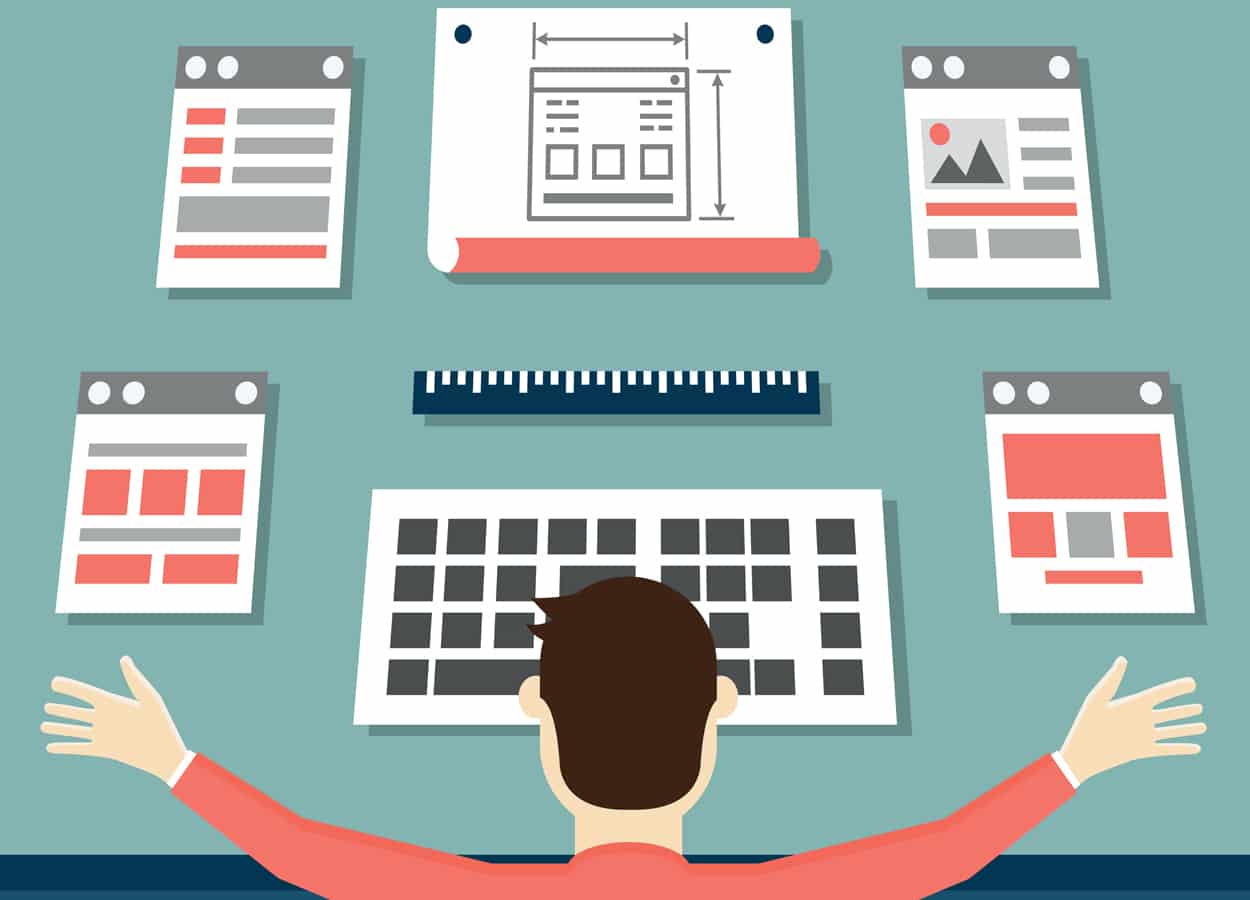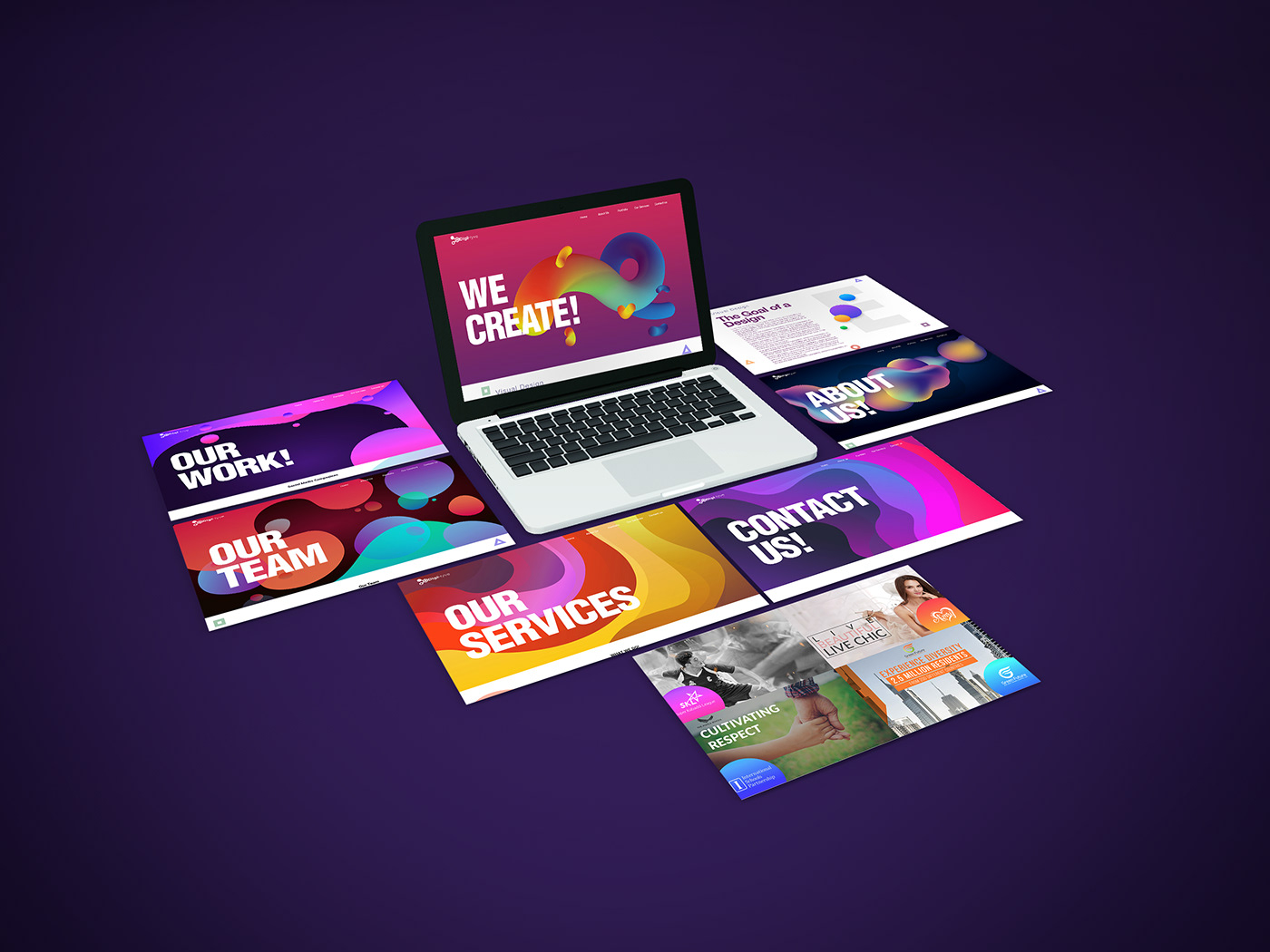Table Of Content

Interactive design (IxD) remains a recent addition to the design world; it emerged when screens were designed to accommodate more than just static content. It can be concisely explained as the design of user-product interactions. A professional course has the advantage of expert instruction, a structured and industry-relevant curriculum, hands-on project work, and a community of fellow learners to support you along the way. Check out AND Academy’s professional UX/UI design courses, or browse these guides comparing the best UI design courses and the best UX design courses on the market right now. While UI design focuses on the placement and styling of those interactive elements, interaction design is more concerned with the interaction flow; that is, the chain of events that lead up to a particular outcome.
Critical Skills for Interaction Designers
There are multiple design thinking frameworks, each with a different number of steps and phase names. One of the most popular frameworks is the Stanford d.School 5-stage process. The design sprint is Google Ventures’ version of the design thinking process, structured to fit the design process in 1 week. This model balances expansive thinking with focused execution to ensure that design solutions are both creative and practical. It underscores the importance of understanding the problem thoroughly and carefully crafting the solution, making it a staple in many design and innovation processes. In the diverging “Discover” phase, designers gather insights and empathize with users’ needs.
Visual representations
The information for each persona includes the user’s goals, needs, and beliefs, and discusses the common behavior patterns. So any company that invests in designing interactions for their eCommerce site, for example, is likely to see an increase in the number of visitors who make a purchase – resulting in higher revenue. Additionally, a well-designed website can bolster customer satisfaction and loyalty, leading to increased repeat business and positive word-of-mouth marketing. UX is how a user interacts with and experiences a product, system, or service. This could be anything from how they perceive its utility and ease of use to functionality, efficiency, and more.
Tools for Interaction Design
Franks Spillers’ design checklist is an example of customized design principles for mobile user experience (UX) design. UX, UI, and Interaction Design shape distinct aspects of user interactions. The 1D dimension is the language used in the interface, including labels, instructions, and feedback.
Common Elements of Design Thinking Frameworks

However, color is essential in creating visual interest and evoking emotions in design. 50 Questions and Answers on the Science of Color and an interior designer, points out, the perception of color can change based on various factors like the light source and surrounding colors. Learn more about the 5 factors of interaction design and the kind of work IxD involves. Job opportunities for people with design skills are increasing like never before. And UX designer salaries are soaring—upwards of $110K in cities like San Francisco and New York. Interactive prototyping helps users communicate with the product or understand it more clearly.
Interaction design/Art - Umeå universitet
Interaction design/Art.
Posted: Fri, 15 Dec 2023 08:00:00 GMT [source]
The framework can be used to evaluate the usability of an existing structure or design and provides a lightweight approach for interaction designers. As discussed by author Alan Cooper, goal-driven design (also known as goal-directed or goal-oriented design) explores the end-user goal for a web page or app page. With the user’s end goal in mind, an interaction designer should problem-solve and create interactions to help them achieve it, rather than focus on the capabilities of the technology they provide. UXPin’s States also allows designers to create more complex UI patterns like carousels, accordions, dropdown menus, and more using a single frame. These UI patterns behave like code, giving interaction designers accurate results and feedback during testing.
AAAI Fall Symposium: Patrícia Alves-Oliveira on human-robot interaction design - Robohub
AAAI Fall Symposium: Patrícia Alves-Oliveira on human-robot interaction design.
Posted: Tue, 31 Oct 2023 07:00:00 GMT [source]
Local Leaders of IxDF New Delhi
The usability principle is about how easy it is for the user to engage with a product and accomplish their goals. In interaction design, you can ensure that a product is usable by creating interactions that are clear, accessible, consistent, and efficient. In fact, you’ll notice that most interaction design principles lead back to usability in one way or another.
Partial missing phentoype in the prediction
Balance can be achieved by having symmetry in the design (for instance, having a webpage with centralised text and images). However, you can also achieve balance without symmetry — perhaps unsurprisingly, this is known as asymmetrical balance. We achieve asymmetrical balance when we arrange differently sized elements in a way that results in unity. We can imagine a centre point of the design and distribute the elements in a way that creates balance. When we’re designing websites, we can make use of a grid for achieving a sense of unity, since elements organised in a grid will follow an orderly arrangement. We do need, however, to introduce some variety in our work in order to strike a balance between a boring and a chaotic design.
The Role of Interaction Design in User Experience (UX) Design
Designers not only have to design consistent UIs and interactions but also consider consistency across multiple screen sizes and devices. In smaller companies and startups, a UI designer is often responsible for both tasks, while the roles are separate in larger organizations. Like anything in digital product design, the roles and responsibilities can synergize. That means that design thinking is not only for designers but also for creative employees, freelancers, and business leaders. Design thinking is a non-linear, iterative process that can have anywhere from three to seven phases, depending on whom you talk to. We focus on the five-stage design thinking model proposed by the Hasso Plattner Institute of Design at Stanford (the d.school) because they are world-renowned for the way they teach and apply design thinking.
The success of UX design depends on the effectiveness of interaction design. In today’s competitive landscape, superior interaction design can be a key differentiator, giving products a competitive advantage over others. Interaction Design (a pivotal component of UX Design) involves shaping interactions between users and products.
If you need an interaction design strategy to give interested parties and customers exactly what they want our playbook can help. Interaction design involves a lot — but most importantly, it provides a foundation for you to improve every aspect of what you offer to interested parties and potential customers. Poka-Yoke, or mistake-proofing, is a technique that was developed by Shigeo Shingo, an industrial engineer at Toyota. It helps avoid simple human errors by providing constraints that stop a user from continuing a certain behavior and suggests a new course of action. Cognitive dimensions have their own common vocabulary — referred to as notations — to help guide the process. Personas are semi-fictional representations of your ideal customers, based on customer insights and market research.

Gillian Crampton Smith, a pioneer in the field of interaction design, outlined four key dimensions of interaction design. And the correlation between two environments can also affect the detectability of the GbyE algorithm in different ways. On the other hand, when two environments are extremely uncorrelated, GbyE algorithm trained in one environment may not export well to another environment, which may lead to a decrease in prediction accuracy [39]. However, when estimating the breeding values for each environment separately, GbyE still made effective predictions using the genotypes in that environment and maintained high prediction accuracy. As expected, the additive effect calculates the average genetic effect between environments, and its predictive effect does not differ much from the mean method.
Interaction design, a pivotal component of user experience design, emphasizes creating engaging products that facilitate user objectives, involving multifaceted elements like aesthetics, motion, sound, and space. It stands out from traditional design disciplines by focusing on user interaction and overall product experience beyond just visual aesthetics. To explore interaction design’s intricate principles, models, and critical role in developing user-centric designs, watch our detailed video and read this comprehensive book chapter.

No comments:
Post a Comment